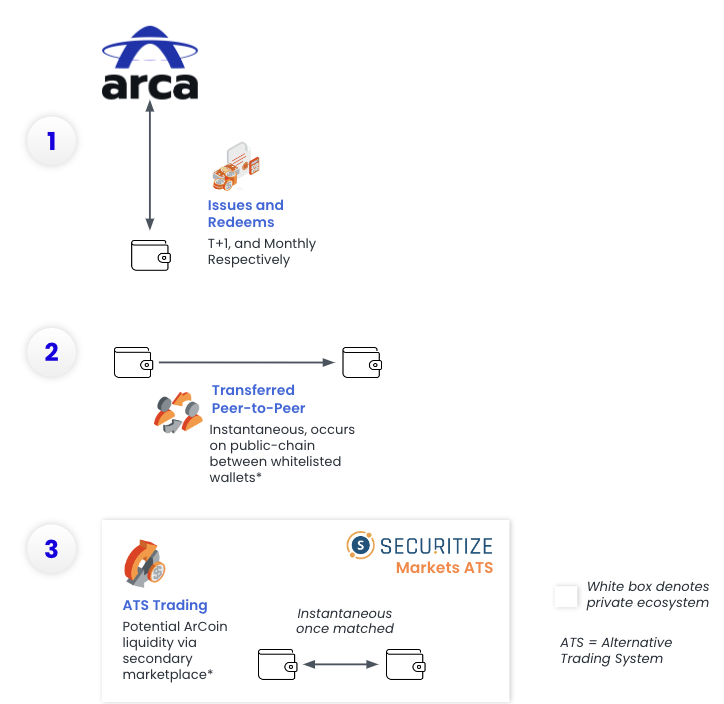Podcast Summary
In this podcast, Sreeram Kannan, the founder of EigenLayer, discusses the project’s transformative potential for the Ethereum ecosystem. He delves into the origins of EigenLayer, its decision to build on Ethereum, and the importance of data availability and scalability. Sreeram Kannan also explains the concept of Actively Validated Services (AVS) and the unique security measures of EigenLayer.
Key Takeaways
Origins and Potential of EigenLayer
- Conceptualization: EigenLayer was initially conceived to bring the Ethereum Virtual Machine (EVM) to non-EVM blockchains, with Cardano as a starting point. However, the team decided to build on Ethereum due to its decentralized trust and scalability.
- Transformative Potential: EigenLayer has the potential to transform the Ethereum ecosystem by providing a common source of decentralized trust and addressing scalability challenges.
Actively Validated Services (AVS)
- Definition: AVS is a term coined to explain what can be built on EigenLayer, allowing for decentralized validation and open innovation.
- Examples: AVS includes running a new layer one chain, running oracles, building bridges between chains, and providing AI services, among other possibilities.
Security Measures in EigenLayer
- Slashing: Slashing is encoded into smart contracts that specify the conditions of registration, payment, and slashing for AVS contracts. It is only for malicious actions by the Staker or operator, not for regular operations or configuration mistakes.
- Protection for Users: To further protect users, there is a slashing veto committee made up of external experts who can vet whether slashing was triggered by a bug or a protocol design issue.
Financial Risks in EigenLayer
- Reaking: The concept of reaking in the EigenLayer is different from rehypothecation in DeFi. Reaking is about opting into multiple protocols without acting maliciously, while rehypothecation involves leveraging collateral for lending and borrowing.
- Risk Management: The risk in the EigenLayer is endogenous to the Staker, with smart contract risk being pervasive in all blockchains. The system aims to protect Stakers and leans towards their interests.
Future of EigenLayer
- Success Scenario: The most successful outcome for the EigenLayer would be a rich and vibrant economy of new and interesting services built on top of a common coordination layer, rewarding developers and enabling decentralized AGI and secure encryption.
- Catastrophic Scenario: The most catastrophic outcome for the EigenLayer would be a hack or smart contract problems leading to a loss of funds. Another potential catastrophic outcome could be issues in the financialization layer, such as liquid reaking tokens causing pressures on the protocol and Ethereum itself.
Sentiment Analysis
- Bullish: The podcast presents a bullish sentiment towards EigenLayer, highlighting its transformative potential for the Ethereum ecosystem, its unique security measures, and the wide range of services that can be built on it.
- Bearish: The bearish sentiment is expressed through the discussion of potential catastrophic outcomes for EigenLayer, such as a hack or smart contract problems leading to a loss of funds.
- Neutral: The neutral sentiment is reflected in the balanced discussion of the risks and rewards associated with EigenLayer, emphasizing the importance of responsible financialized infrastructure.













